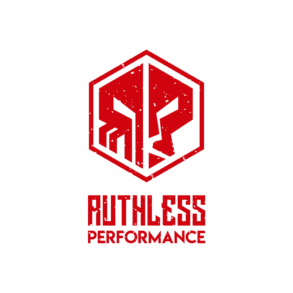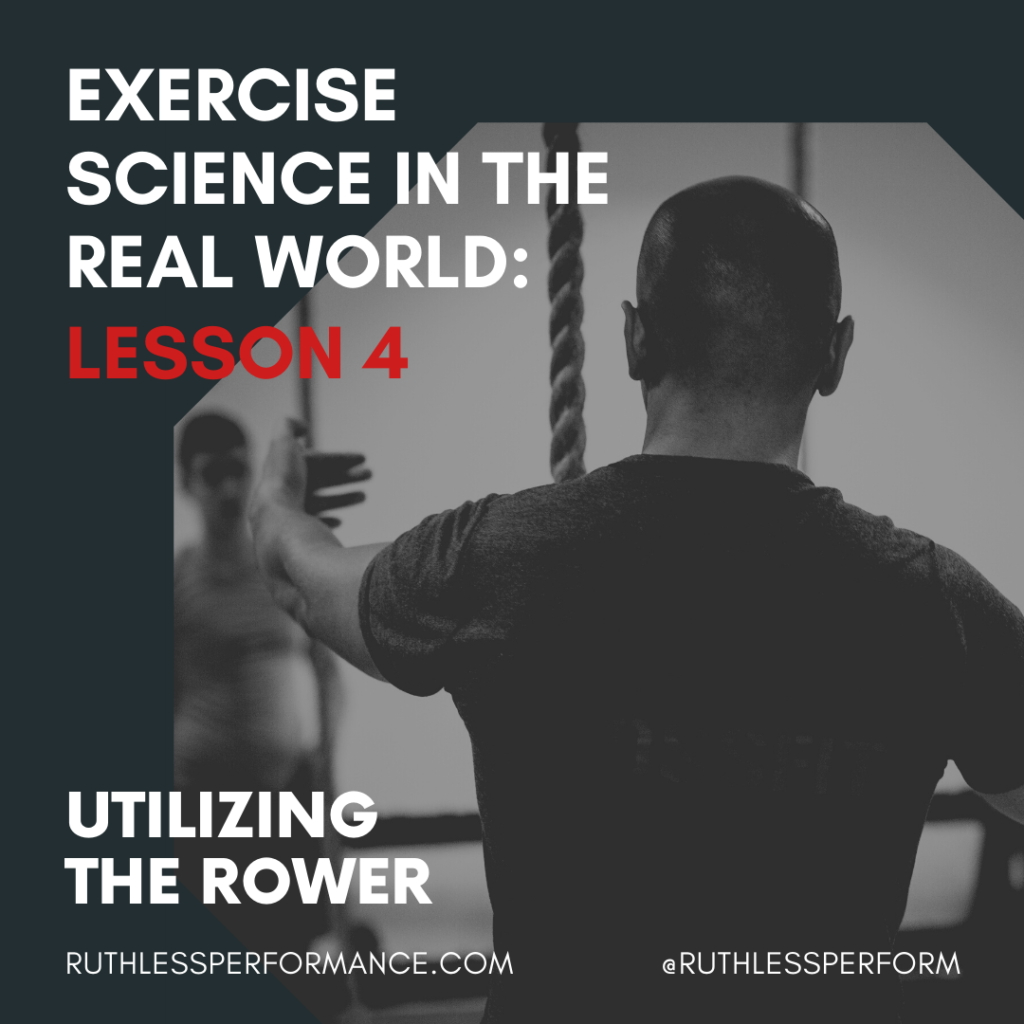Utilizing the Rower
Utilizing all equipment at your disposal can open new avenues of strength and conditioning development for your clients. One piece of equipment that I have taken a liking to since I started working with John is the rower. The rower offers many advantages since it is something so simple yet can be challenging to do. It is very good at building a GPP base as it engages the entire body. Since the motion of the rower is simply the same as rowing a boat, it does not require a large amount of time to create sound technique. The rower can be used to build overall endurance or power output, both of which are important in athletics.
Repetition
Applying the rower to programming can show immediate benefits to your clients/athletes. For individuals who have a low training age and do not know how to move their body efficiently, it can teach them how to use their lower and upper body optimally when using the proper form. The movement begins at the base of equipment. This will be called the “bottom” of the range of motion, the bottom is where the lower body kick starts the repetition. Have your client’s legs bent so they can drive the handle towards them using leg drive, then as the handle passes the knees, the back becomes the primary mover as it is used to pull the handle in towards the chest. Using too much legs will result in legs fatiguing faster, with the handle not reaching the chest and using too much upper body will result in high amounts of form breakdown resulting in a cat back and the handle not reaching the chest.
Most when using the rower do not know how to properly use their legs to assist in doing the repetition, which can be originated from the fact many do not know how to bend over and pick an item up without compromising the lumbar spine. When using the rower, it simulates that same movement of bending over but in a horizontal plane. Learning the proper technique of bending the knees and using them for 50% of the movement can promote changes in body movement in daily life.
Implementation
Manipulating the distance and rest periods between intervals, can work different areas of the body. For overall power output have your athletes do low distance like 100 meters and have the athlete row as fast and as hard as possible producing maximal power in each row. It is important to give the athlete adequate rest, which I recommend at least 60 seconds to allow the central nervous system and muscular system to recover so the athlete can produce maximal power outputs once again.
For building anaerobic endurance a 500 meter row is a good way to build on it, have clients complete multiple sets 3 or 4 sets with 45 seconds to a minute rest while telling them to find a pace they can sustain without completely fatiguing themselves after the first set. This will build the overall anaerobic capacity of the athlete and also help them find a sustainable pace.
The rower is a very good piece of equipment that can be applied to anyone’s program, the amount of variation the rower provides can build a solid GPP foundation, anaerobic work capacity, and maximal power output; which can benefit anyone’s program.
Want to learn more about using the rower? Reach out to us at info@ruthlessperformance.com.

